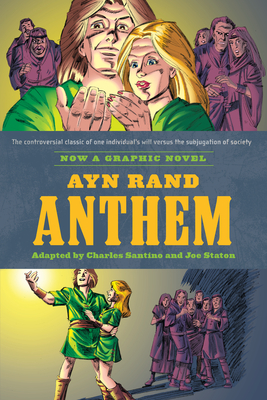Hi everyone!
I had a big, blog-changing post set up to go out tonight, but I couldn’t quite do it just yet! But big changes are coming soon, no doubt about it. Keep your eyes open for them.
So I went on a little manga binge this month. It was very, very bad of me, I know, but I discovered some great stuff!
Sugar Sugar Rune by Moyoco Anno- I found two volumes of Sugar Sugar Rune at Kinokuniya and decided that since I had always heard such good things about it, I would pick up a few volumes. This manga did not disappoint. This is a well-written manga about two cute witches who come to the human world (the non-magical world) to compete for the throne of the magical world. Chocolat and Vanilla are best friends, but this competition is extremely important, so they must learn to capture hearts from boys they must get to fall in love with them. Chocolat, the main character, is faced with a lot of problems since her personality rubs human boys the wrong way, but makes her the belle of the ball back home. The first two volumes have Chocolat dealing with staying true to herself, a wizard out to steal her heart and fierce competition from Vanilla. Somehow Anno makes this manga full of sugar-y references and over-the-top art plausible and not too saccharine. I can’t wait to buy the next volumes and complete Del Rey’s run. I hope Kodansha Comics brings it back into its new lineup! Whoops! Del Rey completed the series, but I hope Kodansha considers reprinting it. Only 8 volumes though, not too bad of a commitment for an OOP series.
Sundome by Kazuto Okada is at the complete opposite end of the spectrum. It’s a manga about exploring teenage sexuality to the weirdest extremes. I picked this manga up at the suggest of Ed Sizemore after hearing his Manga Out Loud podcast on the title. There was something totally intriguing about how Ed and Melinda Beasi described what is essentially a loathsome, but very high-concept manga. It isn’t a manga for anyone who has moral scruples to get over, these teens do some deeply dirty stuff and it’s creepy on purpose. Despite that, there’s no intercourse. It’s mostly touching, watching, a nipple showing here, a nibble happening there. There’s a lot of what you’d call fanservice, but it’s mostly a vehicle for showing the desires of Hideo, who is being happily toyed with by the wily Kurumi. Hideo doesn’t mind doing the dirtiest and lowest acts he can possibly perform if it means Kurumi will give him a reward. He knows he’ll never get with Kurumi, but his very masochistic need for sexual excitement allows him to be satisfied with untying her side-tie panties or watching her pee. It sounds like a manga to avoid, but if you can handle the squick-factor, this is a manga that explores the psychology behind horny teenagers and not something that borders on kiddie porn.
Back to something sweet, Kamisama Kiss by Julietta Suzuki is out now and already laying on the charm that Suzuki does best. Kamisama Kiss is about a girl who suddenly finds herself homeless and abandoned by an irresponsible father. Just as quickly, Nanami meets a strange man who offers her the use of his home because he has abandoned it. Upon arriving, Nanami discovers that this home is a run-down shrine full of yokai (demon-like creatures) and that she is now the shrine’s resident god. She clashes with Tomoe, a fox demon who was running the shrine in his previous master’s place, tries to go home, nearly gets killed by an onibaba (a demon hag) and then finally accepts her role as a shrine god. The final chapters end on a high note as Nanami helps answer the prayer of a catfish yokai who wants to date a human boy. Clearly this manga is going into fairly episodic stuff, but the catfish yokai story was adorable and the character designs were spot on. It doesn’t seem like it’s going to be as meaningful as Karakuri Odette, but I think Kamisama Kiss is going to shape up to be a fun shoujo manga.







